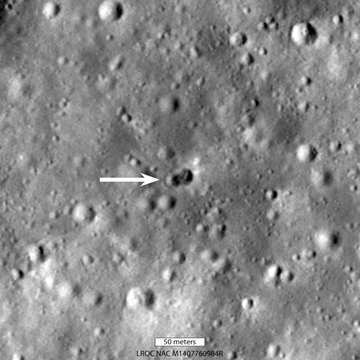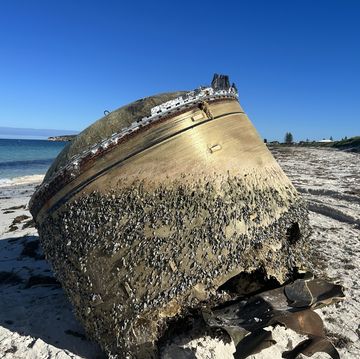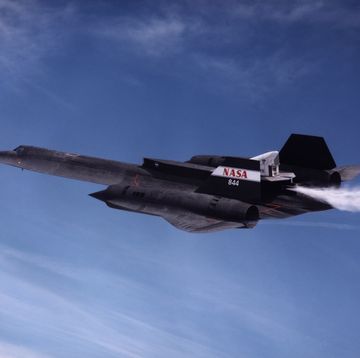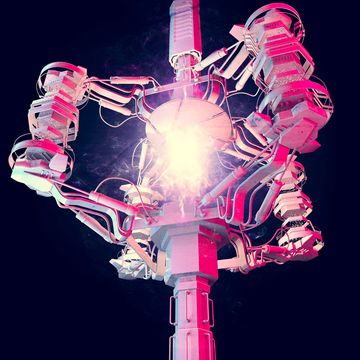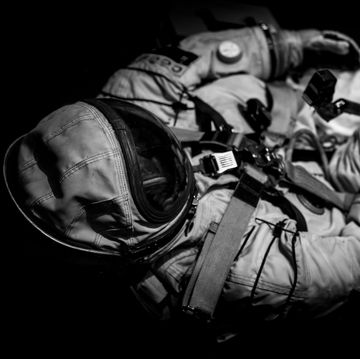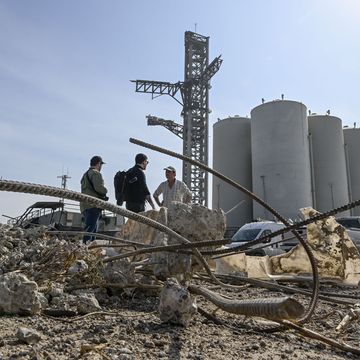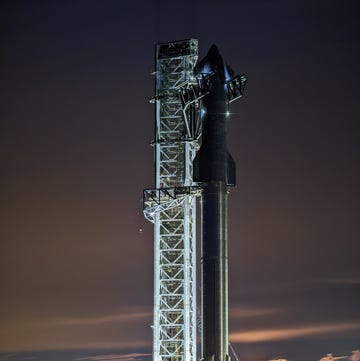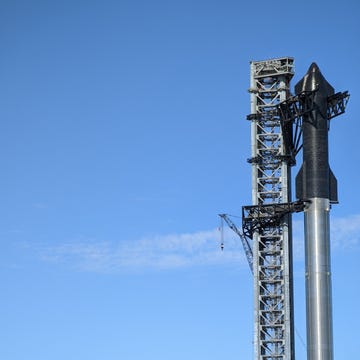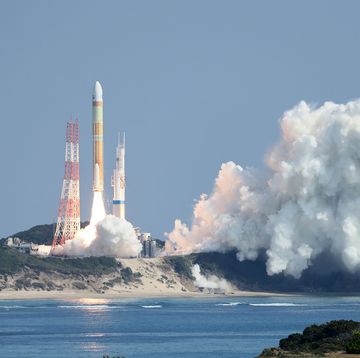NASA is working on a new landing technology that could be huge for future missions to other worlds. The Lander Vision System would automatically find a solid landing spot for a vehicle through continuous imaging and comparison.
If you want to know why finding a good landing spot quickly matters, just look at history. The Apollo 11 mission almost went wrong when the craft nearly ran out of fuel for descent after a botched landing attempt. A series of Russian probes (and one American) crashed into the moon while attempting their descents. Many recent Mars missions have had to rely on elaborate landing mechanisms like the Curiosity's "Sky Crane" that lowered it gently to the surface.
The Landing Vision System could make autonomous estimations of the best place to land, taking a lot of risk out of the landing procedure and helping to reduce overall mission cost. It's being adapted for tests aboard the Autonomous Descent and Ascent Powered-flight Testbed, a vertical landing rocket designed by NASA and Masten Rocket Technologies.
Another device under development at NASA, the Guidance for Fuel-Optimal Large Diverts, determines which route is the most fuel efficient, adding to the landing abilities of the craft. The whole thing has been successfully tested up to a height of just over 1,000 feet. It's going to take a lot more than that to enable a soft landing on the Moon, Mars, or Europa, but NASA's getting there.
Source: Gizmodo



